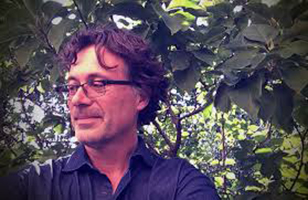In this course – conducted by Matteo Silva – we will develop some vocal techniques closely related to meditation and to the discovery of the intrinsic qualities of sound.
It will be a journey into the world of diphonic singing (or overtone singing), a mental and physical place as fascinating as it is unknown, which winds through the recognition, study, exercise and practice of vocal harmonic sounds. Each sound that our ear perceives as a single one is actually a superposition of several tones, also called overtones or partial tones, which resonate simultaneously with the generating sound, but with different frequencies and intensities. Being able to train the ear to recognize and listen to each of these individual overtones is an extraordinary exercise, a true magic, straddling the pure physical pleasure and the depth of a spiritual experience, it is also part of ancient vedic “Nada Yoga” or “Yoga of Sound “.
The course is intended above all as a tribute to an ancient compositional and executive practice, used by shamans and healers in various tribal contexts all over the world; in particular it is an integral part of popular and ritual music in Mongolia, the Republic of Tuva and Siberia, but also in Morocco and the Central African Republic, throughout the Andean region between Peru and Bolivia, but also in Australia, although mediated by aerophones such as the Didjeridoo and the Yydaki. All this then ended up being incorporated and developed in contemporary Western contexts, starting from 1976, the year in which Stockhausen composed Stimmung, a composition that makes use of particularly elaborate techniques of diphonic singing and later by various musicians and composers among which stand out certainly David Hykes and the Harmonic Choir, Roberto Laneri and Michael Vetter.
It will therefore be an educational, theoretical and practical path at the end of which the student will be in possession of all the necessary theoretical knowledge and above all will have done a lot of individual and group practice. Knowing how to listen, hear and finally know how to give more or less importance to harmonic sounds with your voice is a magical and gratifying experience, which in addition to improving the timbre, relaxes and induces contemplation so much that it is also used as a vocal technique inside of some music therapy courses.

